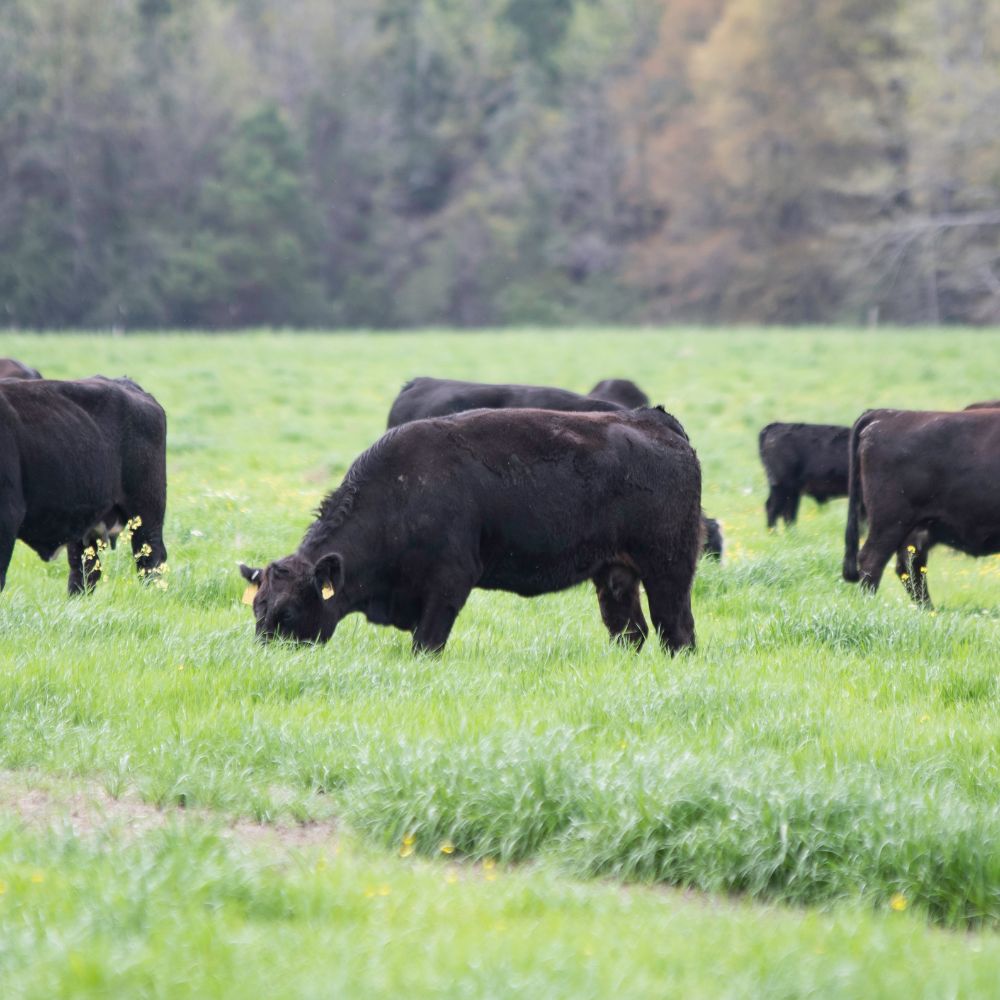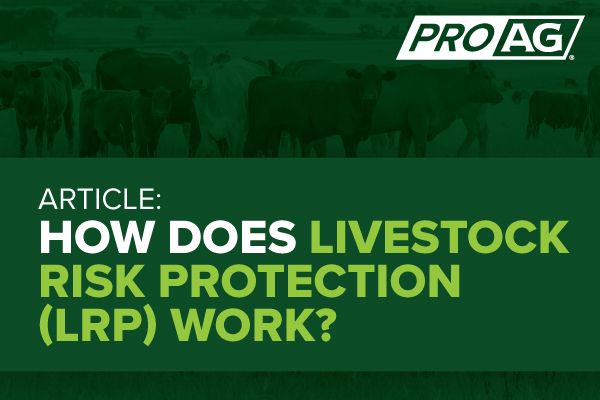Specialist Advice: Bagley Risk Management Strategies
Specialist Advice: Bagley Risk Management Strategies
Blog Article
Key Elements to Think About When Choosing Livestock Risk Defense (LRP) Insurance Coverage
When assessing options for Livestock Danger Protection (LRP) insurance policy, a number of key factors warrant careful factor to consider to ensure efficient danger administration in the farming industry. Picking the best insurance coverage choices customized to your specific animals procedure is paramount, as is comprehending just how exceptional costs associate with the degree of protection used.
Coverage Options
When taking into consideration Livestock Risk Protection (LRP) insurance coverage, it is vital to comprehend the different protection alternatives offered to reduce dangers in the farming field. Livestock Risk Protection (LRP) insurance coverage uses various insurance coverage alternatives tailored to meet the diverse needs of livestock manufacturers.
One more essential protection option is the endorsement duration, which determines the size of time the insurance coverage holds. Manufacturers can choose the endorsement duration that ideal suits their production cycle and market problems. In addition, insurance coverage levels and prices vary based on the kind of livestock being insured, providing producers the flexibility to personalize their insurance coverage plans according to their specific demands.
Understanding the various protection options offered under Livestock Danger Security (LRP) insurance policy is important for manufacturers to make informed decisions that efficiently protect their animals procedures from market uncertainties.
Costs Expenses

Livestock Danger Defense (LRP) insurance offers crucial protection choices tailored to minimize risks in the farming industry, with a significant element to consider being the estimation and structure of premium prices. When figuring out premium prices for LRP insurance coverage, several elements enter into play. These include the type and number of livestock being insured, the protection level picked, the current market value, historical price data, and the size of the insurance coverage duration. Insurance providers may additionally take into consideration the location of the ranch, as geographic aspects can affect the total threat account.
Insurers analyze historical data on livestock prices and manufacturing expenses to determine an appropriate premium that shows the level of threat included. It is important for livestock manufacturers to very carefully review premium prices and protection choices to ensure they are appropriately shielded versus possible economic losses due to adverse market problems or unforeseen occasions.
Qualified Animals
The resolution of eligible animals for Livestock Risk Defense (LRP) insurance policy protection involves cautious factor to consider of certain criteria and characteristics. Livestock kinds that are typically eligible for LRP insurance policy consist of feeder cattle, fed swine, livestock, and lambs. These pets have to meet specific qualifications related to weight arrays, age, and meant usage. Additionally, the eligibility of animals might vary based on the specific insurance policy supplier and the terms of the plan.
Feeder livestock, for instance, are frequently eligible for LRP protection if they fall within defined weight ranges. Fed livestock may additionally be eligible, yet they should fulfill specific weight and quality grade demands. Swine eligible for coverage normally include market weight pets intended for slaughter. Lambs are another group of livestock that can be considered for LRP insurance policy, with elements such as weight and age playing an essential duty in determining their qualification.
Prior to selecting LRP insurance coverage for livestock, manufacturers need to very carefully assess the eligibility standards outlined by the insurance coverage provider to ensure their pets fulfill the required needs for insurance coverage.
Policy Versatility
Policy adaptability in Livestock Danger Protection (LRP) insurance permits producers to customize coverage to fit their specific requirements and risk administration strategies. This versatility empowers livestock manufacturers to customize their insurance policy policies based on aspects such as the kind of livestock they have, market problems, and individual threat tolerance levels. By supplying adjustable options, LRP insurance coverage makes it possible for producers to effectively manage their danger direct exposure while protecting their animals procedures versus unexpected market volatility.
Insurance Claims Refine
Upon experiencing a loss or damages, producers can initiate the insurance claims procedure for their Animals Risk Protection (LRP) insurance coverage by immediately calling their insurance company. It is more critical for producers to report the loss immediately to quicken the claims process. When connecting to the insurance coverage copyright, manufacturers will need to offer in-depth details about the occurrence, consisting of the date, nature of the loss, and any pertinent paperwork such as veterinary documents or market value.

After the assessment is total, the insurance provider will make a decision regarding the case and interact the end result to the producer. If the insurance claim is accepted, the manufacturer will certainly obtain settlement according to the regards to their Livestock Threat Protection (LRP) insurance coverage policy. Bagley Risk Management. It is vital for manufacturers to be aware of the cases procedure to make certain a smooth experience in case of a loss

Conclusion
In final thought, when choosing Animals Threat Security (LRP) insurance coverage, it is necessary to take into consideration insurance coverage choices, premium expenses, eligible livestock, plan adaptability, and the insurance claims process. These key factors will certainly assist make sure that farmers and breeders are properly protected versus possible dangers and losses connected with their livestock procedures. Making a notified decision based on these factors to consider can eventually cause much better monetary protection and comfort for livestock producers.
Animals Danger Protection (LRP) insurance provides different coverage options tailored to satisfy the diverse needs of animals manufacturers.The resolution of eligible livestock for Livestock Threat Security (LRP) insurance policy coverage involves mindful factor to consider of certain standards and features.Plan flexibility in Animals Risk Protection (LRP) insurance policy enables manufacturers to tailor insurance coverage to suit their details requirements and risk monitoring strategies.Upon experiencing a loss or damages, producers can launch the cases process for their Animals navigate to these guys Risk Defense (LRP) insurance coverage by without delay contacting their insurance policy supplier.In final thought, when picking Livestock Threat Security (LRP) insurance policy, it is vital to take into consideration protection options, premium expenses, eligible animals, policy adaptability, and the claims procedure.
Report this page